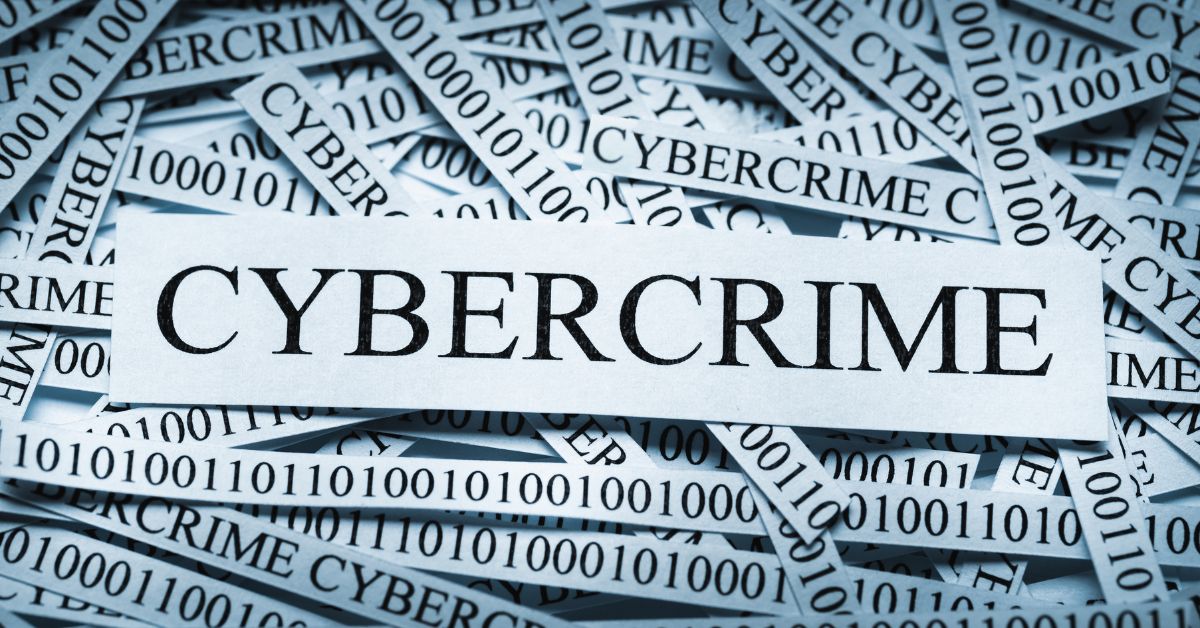THE CHEAP POWER OF OPEN-SOURCE HACKING TOOLS ILLUSTRATED IN FIVE CASES
Hackers are increasingly inventive and their methods are often simpler than you might think. Open-source packages help hackers get better, and they make attacks spotty and cheap to execute. With concrete cases, The Security Factory (TSF) presents how hackers pursue their dark attack paths via e-mail, PDF, USB and even social engineering.
The power of simplicity
Why do ethical hackers give hacking demos? To show management teams and non-technical staff how important attentiveness and security are. Because modern hackers are devious and have dozens of virtually free tools to do massive damage. Because open-source hacking tools allow hackers to customise their attacks according to their targets.
Case 1: USB sticks in disguise
USB sticks are a huge challenge for systems security. “Why? Our systems recognise USB sticks and refuse to open them.” Hackers can use social engineering to trick a victim into plugging in an infected USB stick. And … that does not present itself as ‘Hello, I am a USB stick’, but rather as ‘Hello, I am a keyboard’. No reason to block a keyboard, right? Thus, the code on the disguised USB stick allows the hacker to take control and access sensitive data on the computer.
Case 2: Post-corona, taping webcams is passé
Until 2020, everyone was taping off their webcams. That way, hackers had no chance to launch it remotely to abuse the images afterwards. But then came Corona. And since then, we’ve been in online meetings pretty much all the time. As a result, webcams remain un-taped and thus useful to hackers who use them to remotely monitor what you are doing. With that information, they know whether the coast is clear to perform conspicuous things on your computer.
Case 3: Ingenious phishing
They used to try to trick you into believing that you won a gigantic pot of an obscure lotto or had a chance to win a sparkling inheritance. You may have got an email with a giga-lucrative marriage proposal. Phishing emails are not so easy to spot these days. Hackers have switched to spearfishing, sending highly targeted emails to specific targets. Thanks to AI, these emails appear remarkably trustworthy and entice users to click links or open attachments. This allows hackers to gain access to sensitive data and even take over entire systems.
Case 4: Social engineering: the weakest link
One of the most common methods used by hackers is social engineering. If you bluff hard enough, you can get into strategic places in a company or an organisation, such as the data centre. You present yourself as an IT employee and simply ask for the key. With a little expertise, you install data breaches there that allow you to access vital data remotely. For example, a Raspberry Pi connected to the internet. Even secure buildings are not immune to these attack techniques. Sometimes these ‘intrusion tools’ even lie in plain sight without anyone noticing them. If weeks or sometimes months pass before you discover the leak, you can be sure that the damage is commensurate.
Case 5: Why do hackers choose Windows?
Mac is also prone to hacking. But hackers often target Windows systems because this operating system is still the most widely used. By targeting the masses, they hope to make the biggest profit. Make sure you always have the latest security updates installed to protect yourself from such (ransom) attacks. With a simple click on an outdated browser, a hacker can take over your computer purely because you visited a particular website.
The fine line between ethical hacking and illegal practices
Ethical hacking tests how well a system is protected and helps fix those vulnerabilities. Some hackers use this technique to make money by finding vulnerabilities. This can be considered illegal and unethical. It is important to always follow proper procedures and have permission to hack a system. This is why TSF only starts after signing a cooperation agreement.
Protect yourself with Bow Tie Security
In today’s digital world, security is crucial. If you want to prevent your business from being hacked, it is essential to teach employees how to recognise even the extremely subtle phishing attempts. Bow Tie Security is an expert in the field and can help your organisation strengthen security on all fronts! Optimise your organisation’s security measures and increase employee awareness of hacking.
Contact Bow Tie Security today



